
From Venezuela Analysis
The Venezuelan government is advancing in its construction of a mega railway project which hopes to see 13,665 kilometres of train line linking the country’s main cities by 2030. Also, following bountiful rain and investment in thermo-electric power plants, the government has been able to cut back its electricity rationing.
President Hugo Chavez broadcasted his weekly show ‘Alo Presidente’ in Carabobo state yesterday, where workers are in the middle of constructing a 128 kilometre section of the planned national train system.
Chavez said the project is a long term one, and it is hoped that by 2030 the trains will transport 240 million people per year.
The president of the Autonomous Institute of State Railways (IAFE), Franklin Perez, said that by the end of 2011 the 26 kilometre line from Cagua to Mariara should be ready and within one more year he predicted that El Palito, Naguanagua, San Diego, Guacara and San Joaquin, cities and towns in Carabobo state, should also be connected.
The government is also expanding the Caracas subway system, and hopes to have all three stages of the construction of the Los Teques line complete by 2014, with stations Guaicaipuro and Independencia opened by 2012.
The national railway system will function both as human and goods transport and will have both long and short journey trains.
ABN reported that the total estimated spending on the National Railway Plan is $150 billion. One section of the system, the rail line from Anaco to Tinaco, is being financed by the China-Venezuela Strategic Development Fund at a cost of $800 million.
The project involves a range of foreign help, including further Chinese investment and technological assistance and Japanese-built trains.
Chavez highlighted that such public works don’t just have technical functions but they also have social aspects, and the impact on the environment and on those living near the new railway lines has to also be taken into account.
“We shouldn’t limit ourselves to just constructing roads or railways. Either we transform the entire reality or we transform nothing,” he said.
In 2006, as part of the national project, the Venezuelan government opened the first new railroad in 70 years, a stretch of around 40 kilometres from Caracas to the town of Cua.
Electricity Rationing Diminished
Since the rainy season began at the start of May after months of severe drought, the levels of the Guri dam, the main source of the country’s electricity which generates 9,870 megawatts, have risen significantly. The government reports that the dam currently has a level of 249 metres, but it said that 270 metres is optimum.
In the last few months the government has also made a number emergency purchases of thermo electric plants, and Chavez reported yesterday that total thermo-electric generation surpassed 5000 megawatts for the first time in Venezuela.
Hence, Chavez announced yesterday that the government will be able to cut back on the electricity rationing that was introduced in some cities to cope with the electricity shortage that was prompted by the drought.
For now, there will be no more electricity rationing on weekends, during public holidays, or during “non-peak hours”. Chavez said the government hoped to completely end rationing by August.
“The squalid ones [the opposition] are sad because there won’t be an electricity collapse,” Chavez said, alluding to the opposition's use of the electricity crisis that began late last year for political ends.











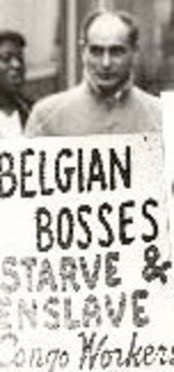

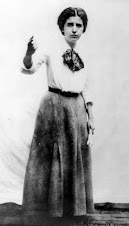






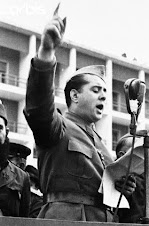


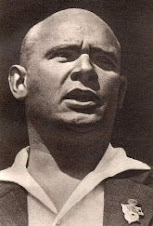




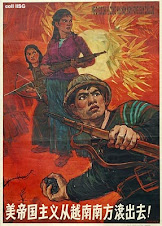




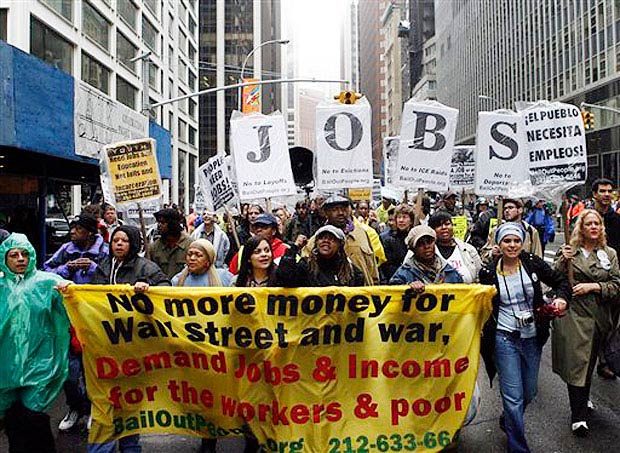
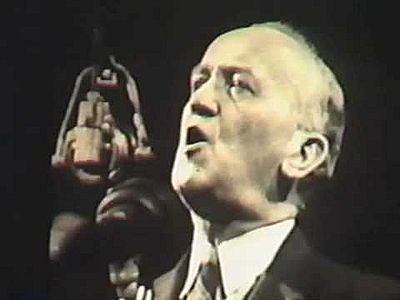

No comments:
Post a Comment